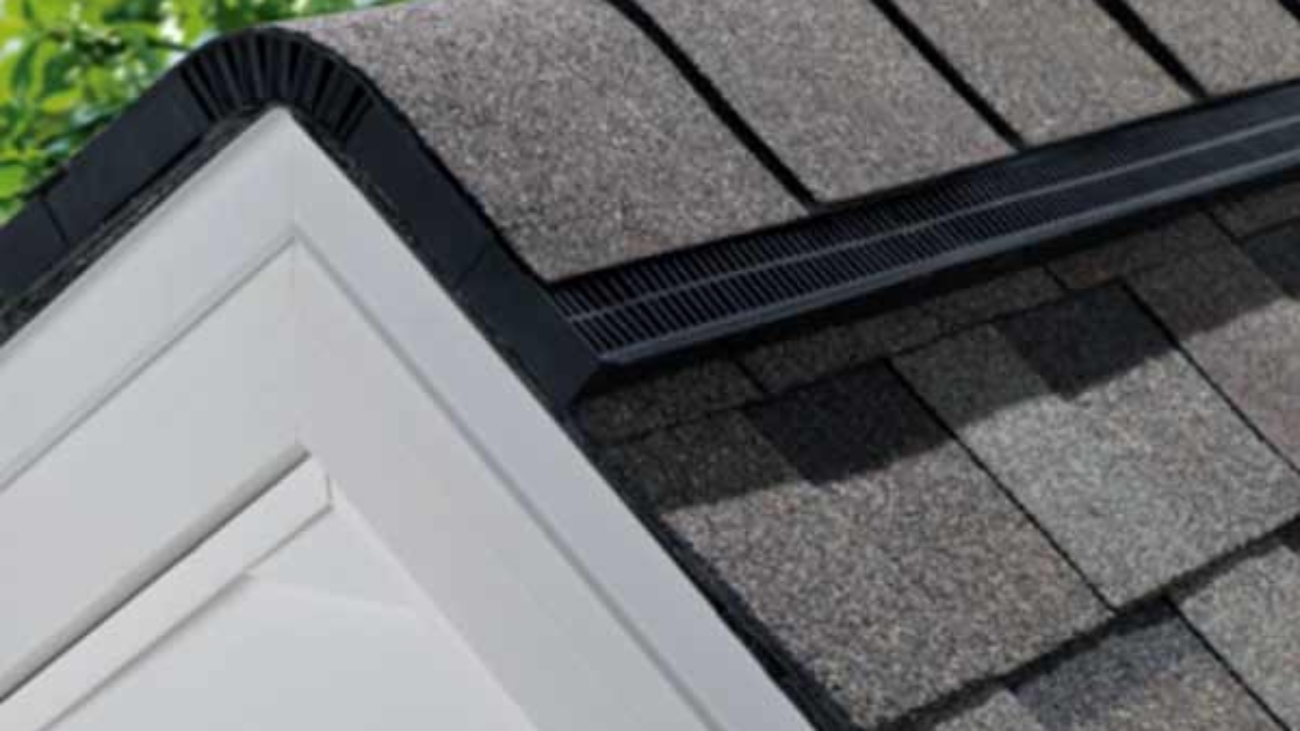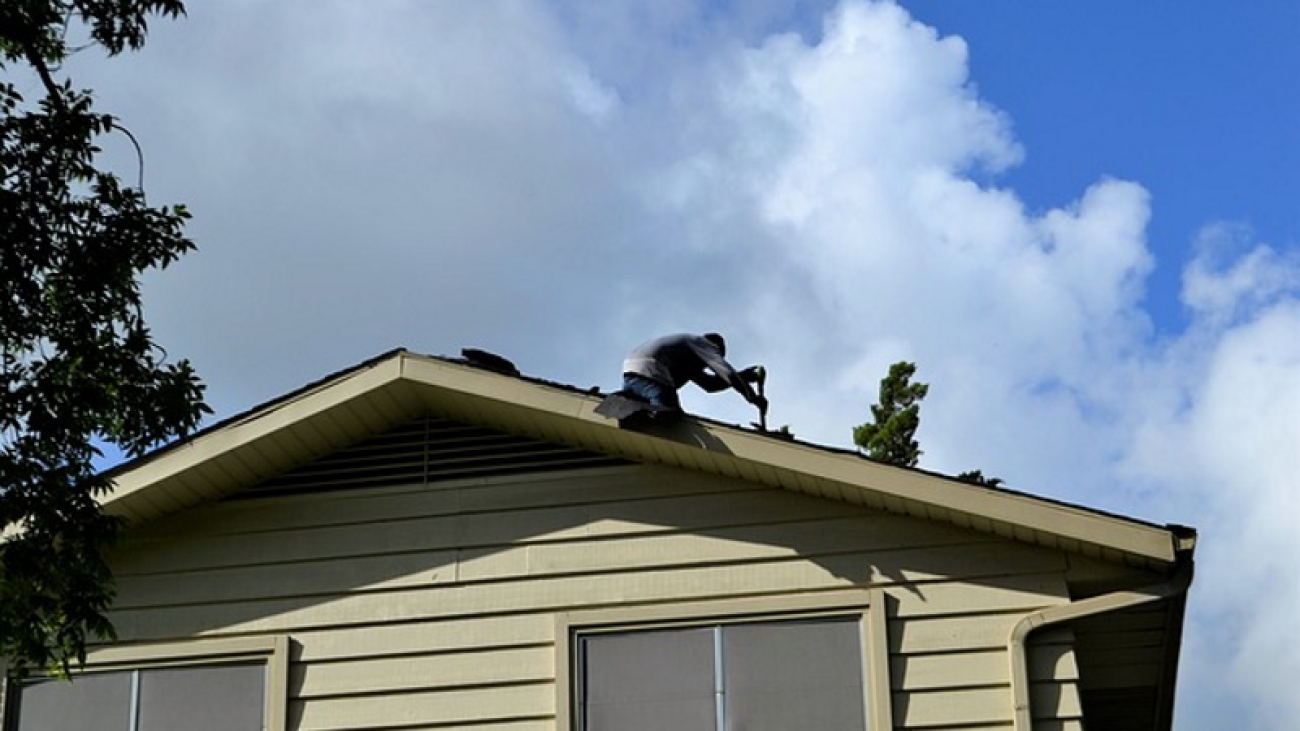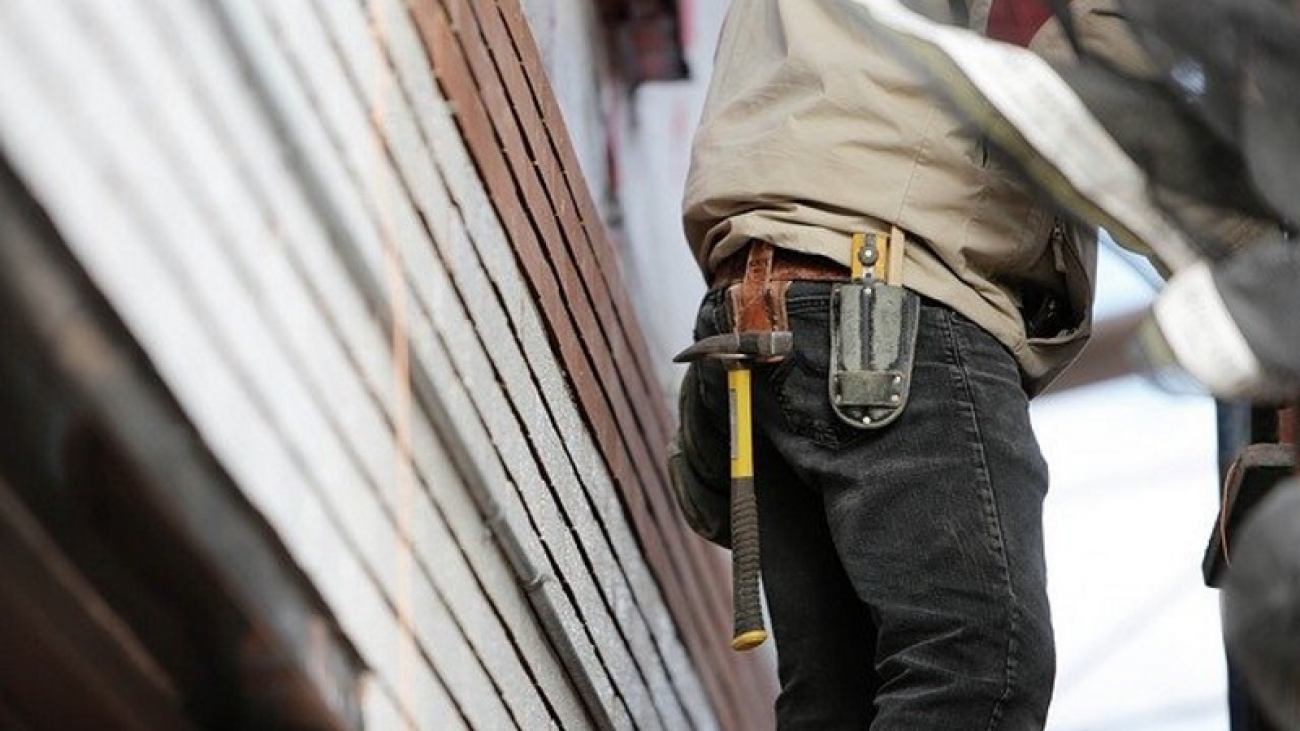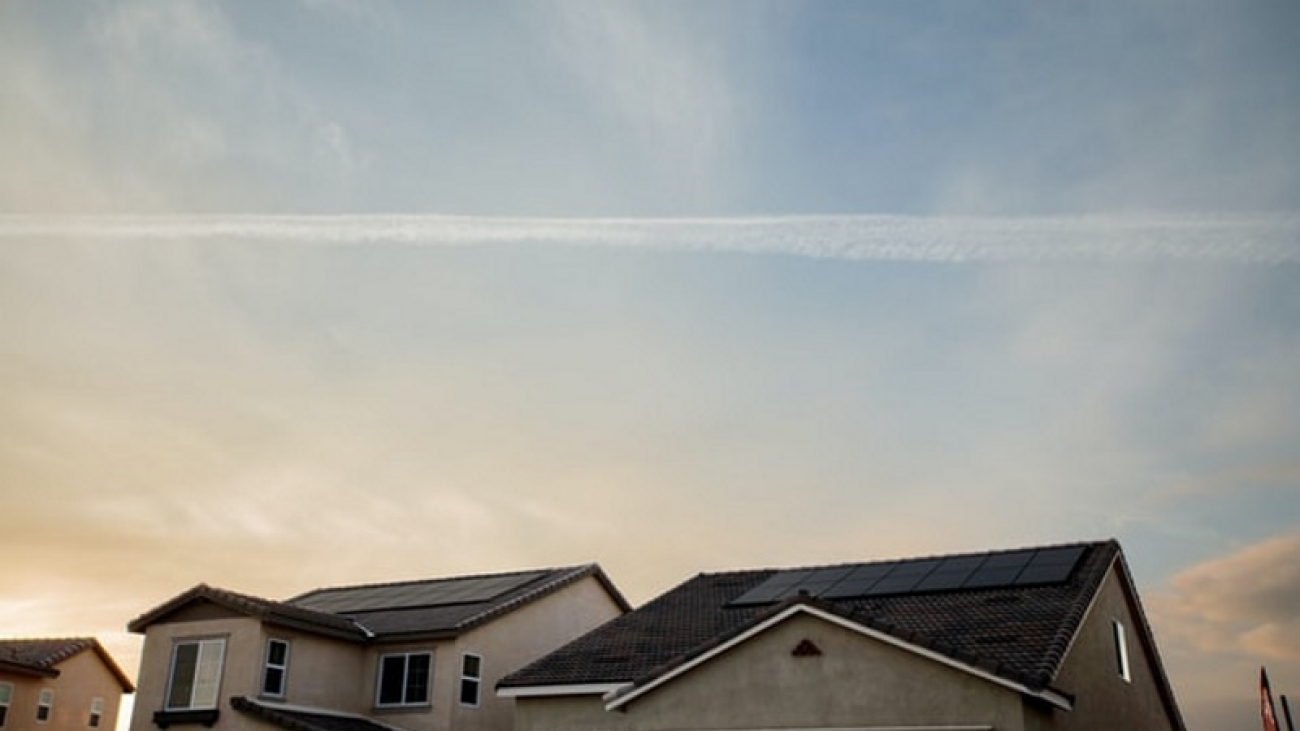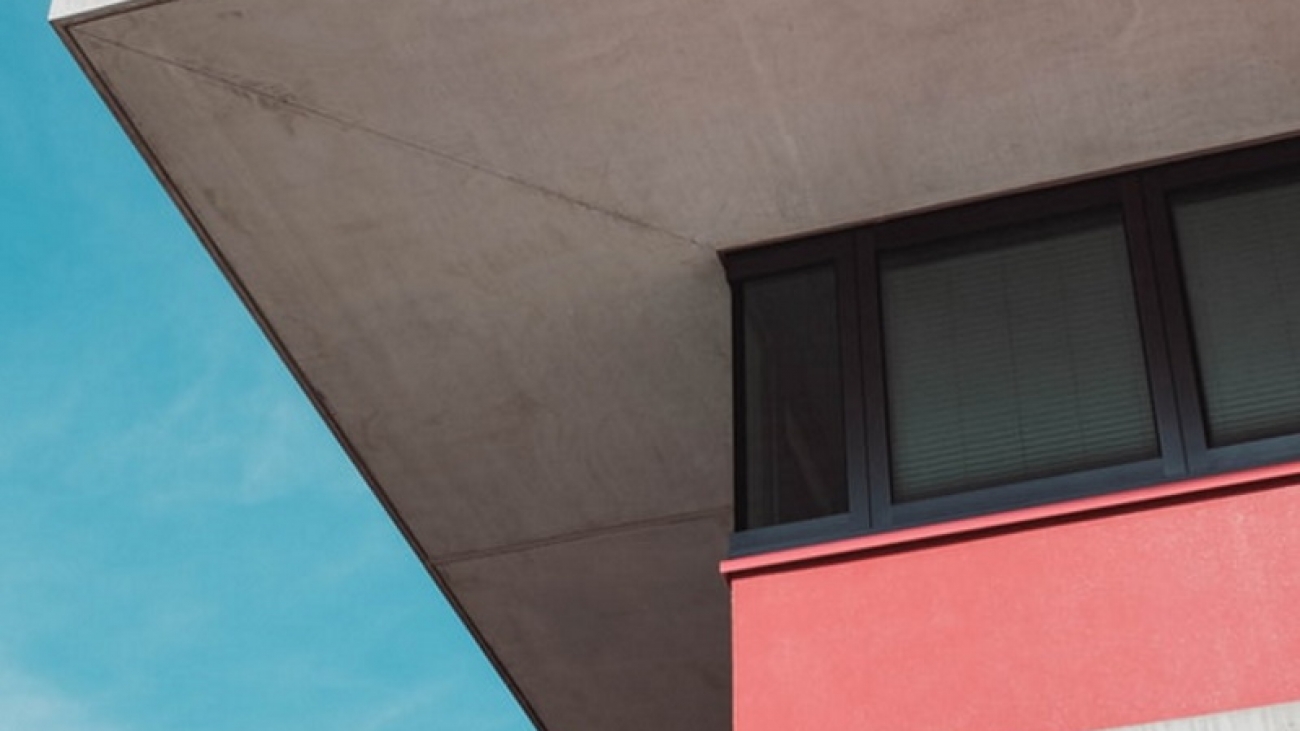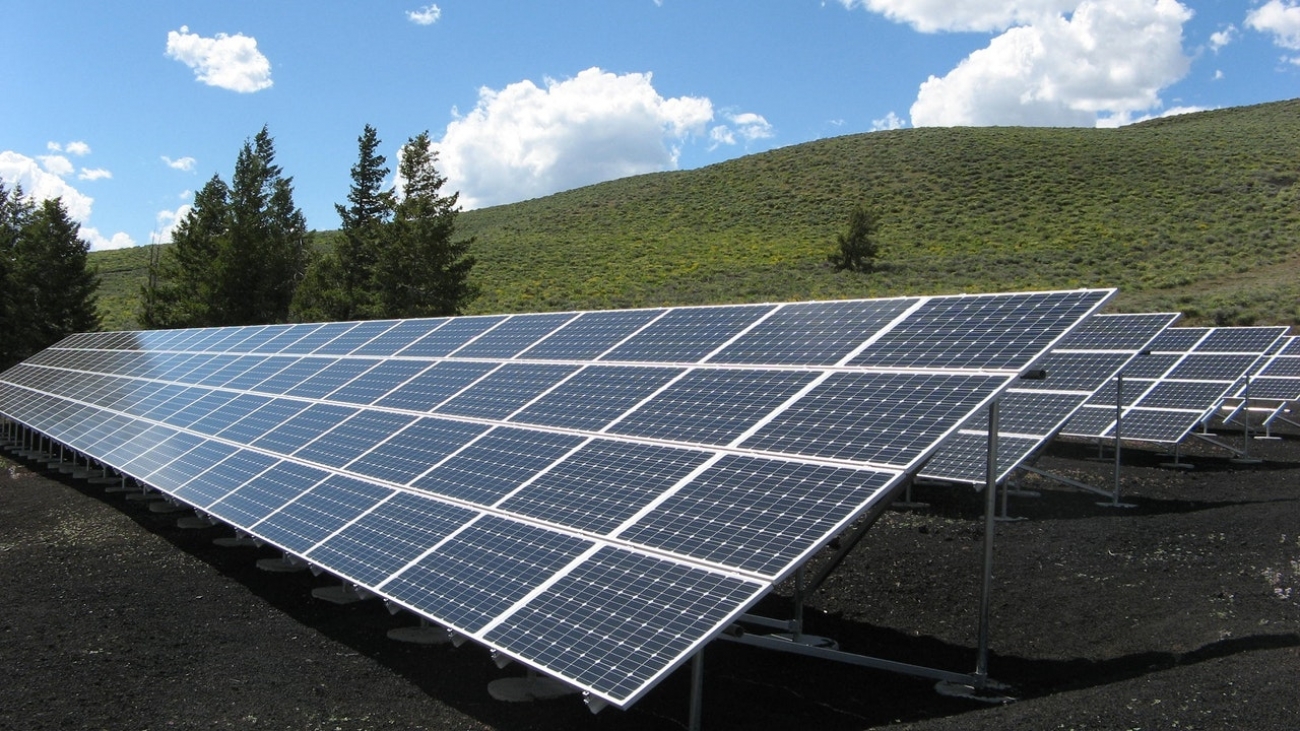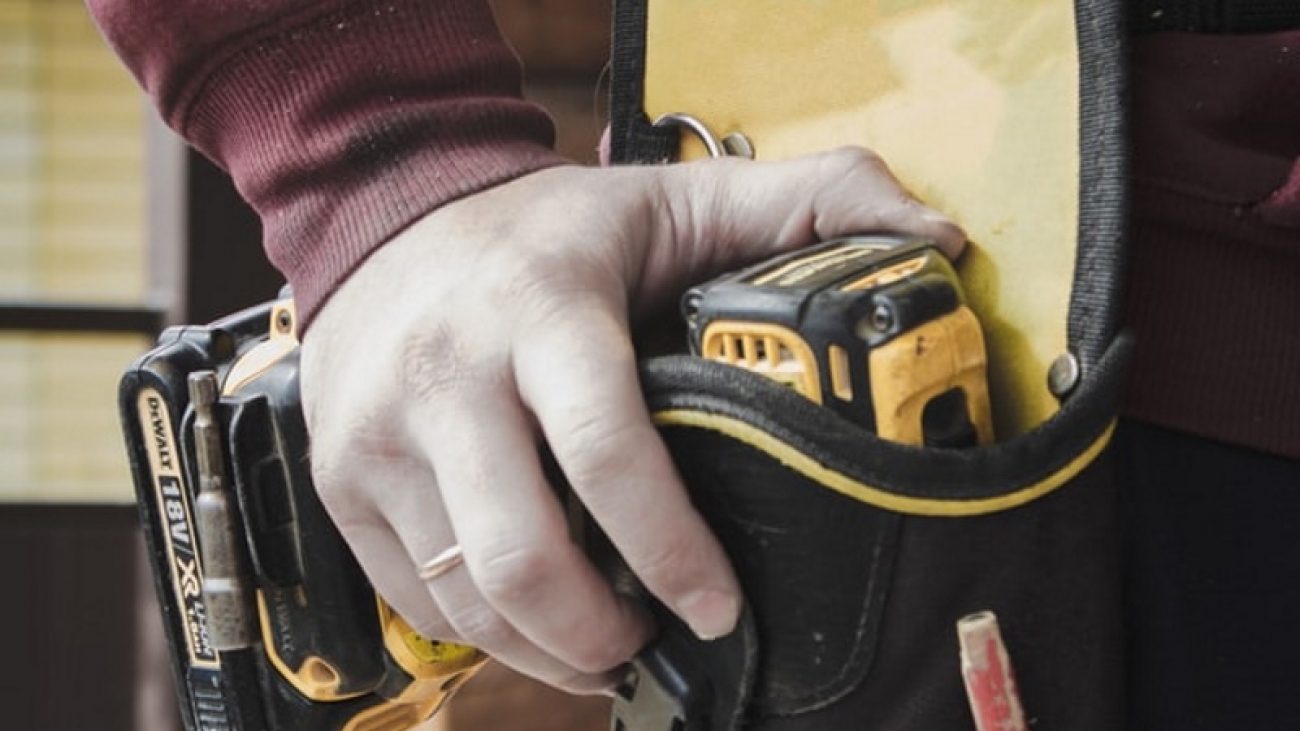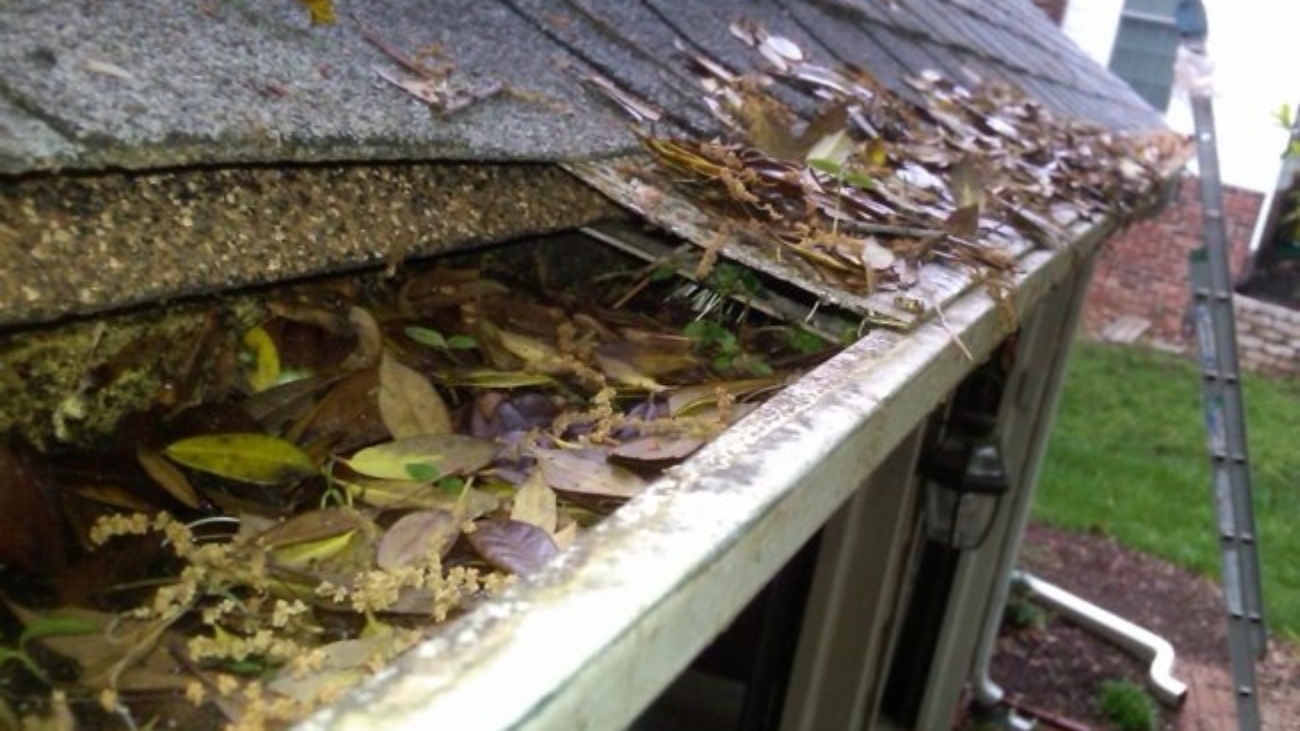Roofs need the right balance of both ventilation and insulation to work properly, especially with the type of weather we’ve been having in Vancouver the past couple of ears. In warmer weather, poorly ventilated roofs can result in hot attic spaces which can significantly damage shingles, causing curling or even breaking, reducing the lifetime of a roof.
In the colder seasons, a lack of ventilation can trap cold air and cause moisture to build up, resulting in problems with mold, rot, and mildew, which can damage the roof and walls. Properly ventilated and insulated roofs upon are important to protecting against the problems caused by seasonal extremes and avoid costly repairs. Just think of the leaky condo crisis that cost Vancouver over $4 billion in damages because buildings didn’t have the proper ventilation.
While in Vancouver ventilation was a problem with newer buildings, it is usually common in older homes, which were generally constructed when building codes did not require as much insulation.
As many Vancouver builders discovered, creating the proper ventilation and insulation of asphalt shingle roofs is isn’t always easy. You need to get the advice of an experienced, licenced roofer to do the job correctly.
Roof Ventilation
Proper roof ventilation reduces electricity bills, extends shingle life, and prevents roof rot and ice dams in winter. Doing it right the first time also protects your house from expensive future repairs. The most important aspect of roof ventilation is to ensure your roof has vents so that the excessive moisture can escape. Ventilation is required by building codes. If you don’t properly ventilate your roof it will likely void your roofs warranty.
The number of vents within roof space will depend on the size of the roof and the material used, however, the general rule is that a single vent should be enough for a squared 30-meter roof space. A specific number of vents are required per square footage to ensure that the right amount of air enters and exits the attic.
Roof Insulation
Insulation plays a vital role in ensuring your home is properly ventilated. While you need to have enough insulation to help your house efficiently maintain a comfortable temperature. It is just as important t that you do not have too much insulation in case it blocks proper air circulation.
An experienced roofer or contractor can decide what your home needs and advice you on the proper course of action. Of course any work a roofer or building contractor does on the vents needs to be done carefully. So you do not decrease the area of the vents or anyway stop the airflow.
You probably won’t notice if something is wrong with your roof’s insulation or ventilation which is why it’s important to have an experienced, trustworthy roofer do a checkup at least once a year. If there is a problem with the airflow, they will know and be able to fix it. Often the solution depends on what is causing the lack of airflow. In the simplest and least costly case, there may be something obstructing the vents which is an easy fix.
lack of ventilation
Unfortunately, in many cases, the lack of ventilation is caused by something more serious. Such as a lack of or inappropriate placement of vents. If that’s the case, you might need to rip up a part or the complete roof to fix it.
Insulation placed on an air-sealed attic floor is simple, yet one of the most underappreciated building assemblies. A vented attic works in all types of climates to keep the home regulated.
Same, unexperienced builders do not install insulation correctly. Which causes excessive energy losses, ice dams, mold, rot which all need to be fixed sooner than it should.
If your builder has properly ventilated your roof space, then you will have to keep the vents free. So they can allow for proper air flow. This means that the vents should not be obstructed otherwise the moisture will still stay trapped within the roof structure. And eventually turn into mold and rot the wood.
Using Vents In Your Roof
There is a variety of different vents to select from when choosing a new vent for your roof. Two of the more common vents you will find are the box vent and turbine vents. The box vent uses natural air flow to draw hot air out of the attic. However they are not as effective as turbine vents and you will require more of them to properly ventilate your space. Turbine vents are wind-driven and more effective.
There is a third type of vent which are called ridge vents. But they are not as common as the first two. They, as you might suspect, run along the ridge of your roof. Moreover, They keep a more consistent temperature across your roof than box vents. And do not require wind to operate like turbines.
They are slightly more expensive, but when used with soffits. The underside of the area which connects the roof to the wall, they will keep your space well ventilated.
Conclusion
Whether you are in need a roof inspection or have a leaky, it’s important to choose a roofing contractor that is trustworthy, reliable, and experienced. At Cambie Roofing we are experts in providing you the service you need within your budget. Give us a call or email us for a free estimate.

